Your Mechanic Won’t Tell You This – How to Raise Your Car’s Ground Clearance: Practical Tips and Advice
Every driver has that moment when they look at their car and think, “I wish it were higher.”
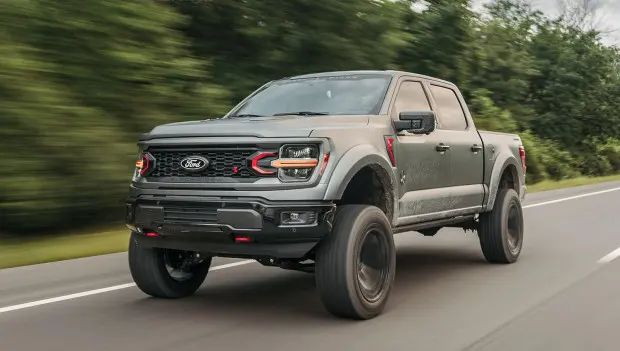
Every driver has that moment when they look at their car and think, “I wish it were a bit higher.” Because as soon as the road turns bumpy, even the most elegant sedan feels like it’s at the mercy of the terrain. That’s where ground clearance comes in—the unsung hero that saves your car from scraping the asphalt.
Raising your car’s ground clearance is like giving it a little extra confidence. It’s no longer afraid of speed bumps, won’t catch on uneven surfaces, and doesn’t have to apologize for every pothole. But it’s important to understand that it’s not just a matter of “lift and go.” There are nuances—and quite a few of them.
The higher the ground clearance, the more comfortable and safe your car feels on rough roads, over potholes, or when encountering obstacles.
The most common and straightforward method is installing spacers—special components placed between the car’s body and suspension parts. Spacers can be made of metal or polyurethane and lift the body, increasing the distance between the chassis and the wheels.
Installing spacers is relatively simple. They can be fitted on the strut mount or under the spring. This can raise the car by several centimeters and, if done correctly, even improve ride comfort because the suspension gains extra travel and protection from hard impacts. It’s crucial that installation is performed by professionals to avoid issues with the suspension and overall safety.
Another effective method is replacing springs and shock absorbers with stiffer or longer versions. This is a more radical solution, as it not only raises the body but also ensures proper suspension performance under the new load. Longer springs and matched shocks maintain a balance between clearance and handling. However, this approach requires careful adjustments, such as wheel alignment, to avoid stability issues.
Changing tire size also plays an important role. Tires with a larger diameter and taller sidewalls naturally lift the car higher off the road. These wheels improve stability off-road but can affect speedometer readings and braking performance. It’s essential to consult a specialist and make adjustments when switching to taller tires.
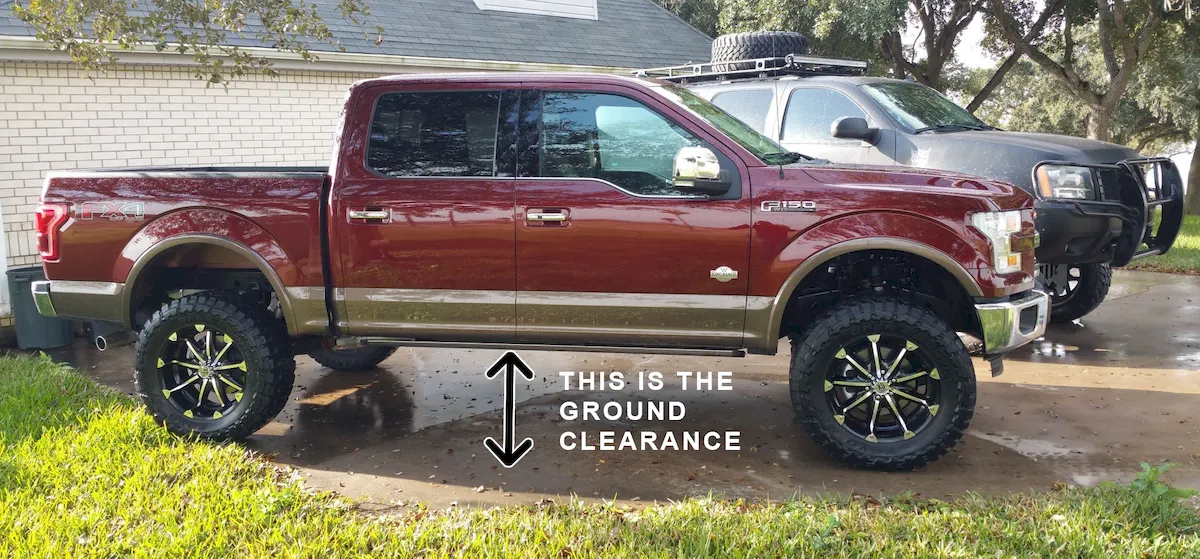
For more complex cases—especially with body-on-frame SUVs—a comprehensive solution is a lift kit. Lift kits raise not only the body but the entire suspension and frame using specialized extension components and modifications. They significantly increase ground clearance, making it easier to tackle deep water crossings, rough terrain, and serious obstacles. However, they raise the vehicle’s center of gravity, alter handling, and impact safety, so professional installation is a must.
Many modern crossover owners may not realize their car has an air suspension option—a system with airbags that allows real-time ground clearance adjustment. Air suspension works by inflating “air springs” to raise or lower the car as needed: higher for off-road or lower for easier parking. It not only adjusts height but also improves comfort on rough roads, reduces body roll in corners, and enhances stability.
The system includes a compressor and electronic controller that automatically maintains proper pressure in the airbags, adapting to road conditions and load. Air suspension isn’t available on all cars, as it requires specific chassis architecture and underbody space. It’s most commonly found in premium SUVs and crossovers. Due to its complexity and maintenance needs, it also increases ownership costs.
Rubber bump stops installed between spring coils can also slightly raise ground clearance. They lift the car just enough to prevent contact with difficult terrain. Bump stops are easy to install and inexpensive, but their effect is limited, best suited for light conditions.
It’s also important to understand that raising clearance can affect handling, roll resistance, and ride comfort. Some methods may require additional adjustments to steering, sway bars, or suspension components to avoid premature wear or safety issues.
Before raising your car, clearly define your goals: do you need more clearance for off-roading, or just for better visibility and a more commanding look? Knowing your objectives helps choose the right approach without unnecessary costs or risking damage to your vehicle.
You may also be interested in the news:
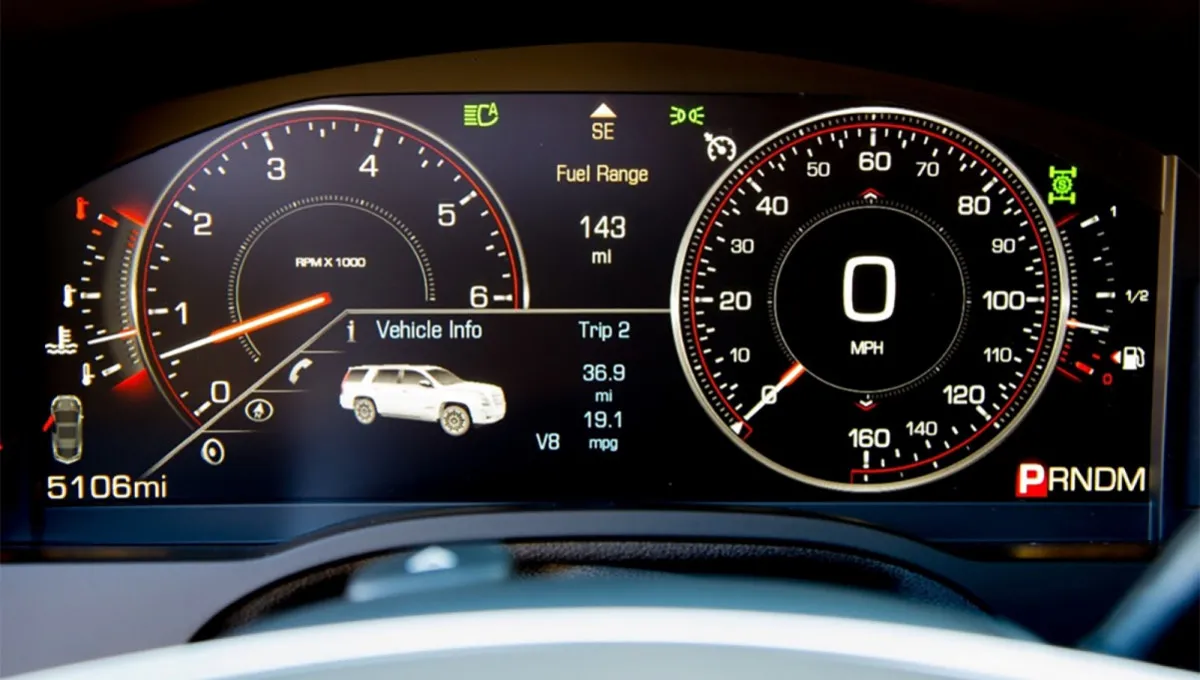
Rev It Up: Why Short High-RPM Runs Keep Your Engine Happy
A few quick revs on the highway can burn off buildup, keeping your engine strong, smooth, and responsive.

8 Cars Known for Going the Distance: Quality You Can Count On
When shopping for a car, reliability should be one of the key factors you look at — and there are several ways to measure it.
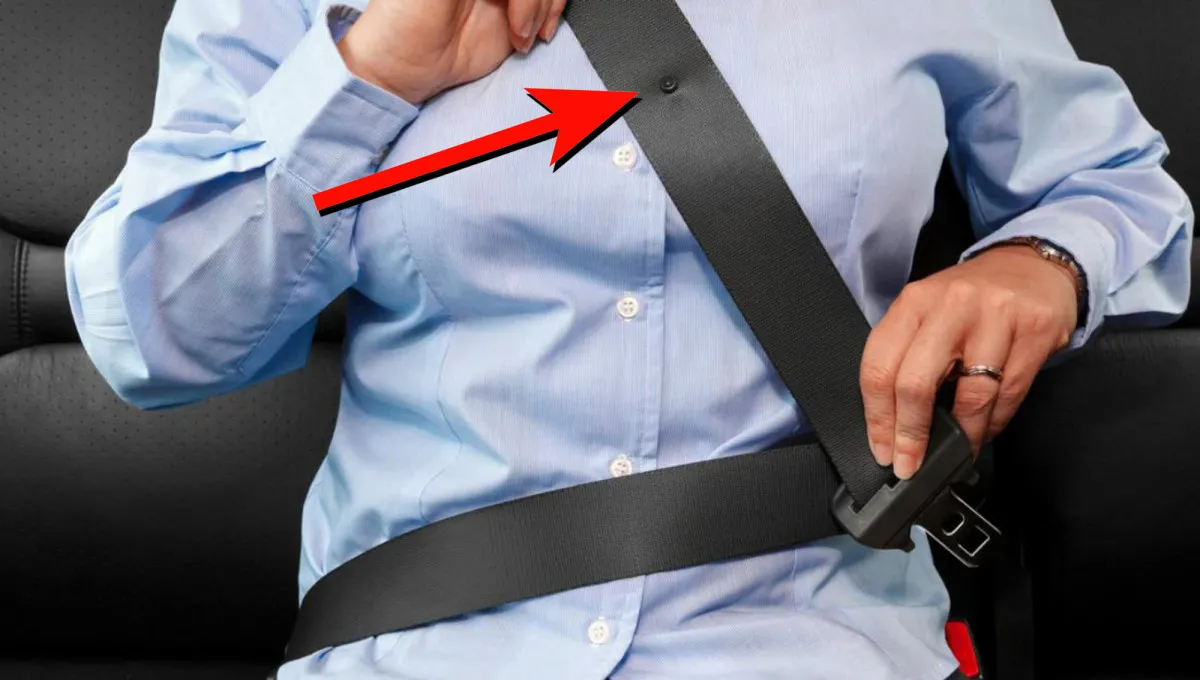
What’s That Little Button on Your Seat Belt For? The Answer Might Surprise You
That tiny dot on your car’s seat belt is easy to overlook.

Who Rules the Road? The Five Best Drivers by Zodiac Sign
How your zodiac sign may shape your driving style
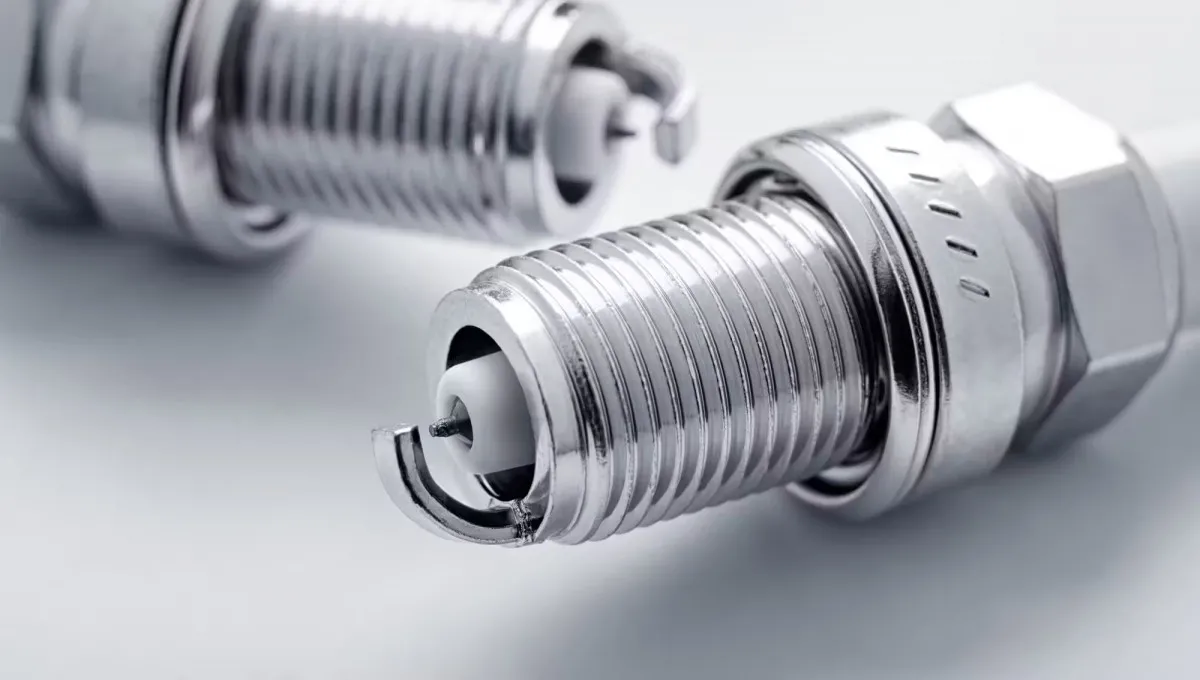
Iridium vs. Platinum Spark Plugs: What Sets Them Apart in Today’s Cars
Iridium or platinum? The choice isn’t as obvious as it seems — and a few unexpected details can help you pick the right plugs for your engine.